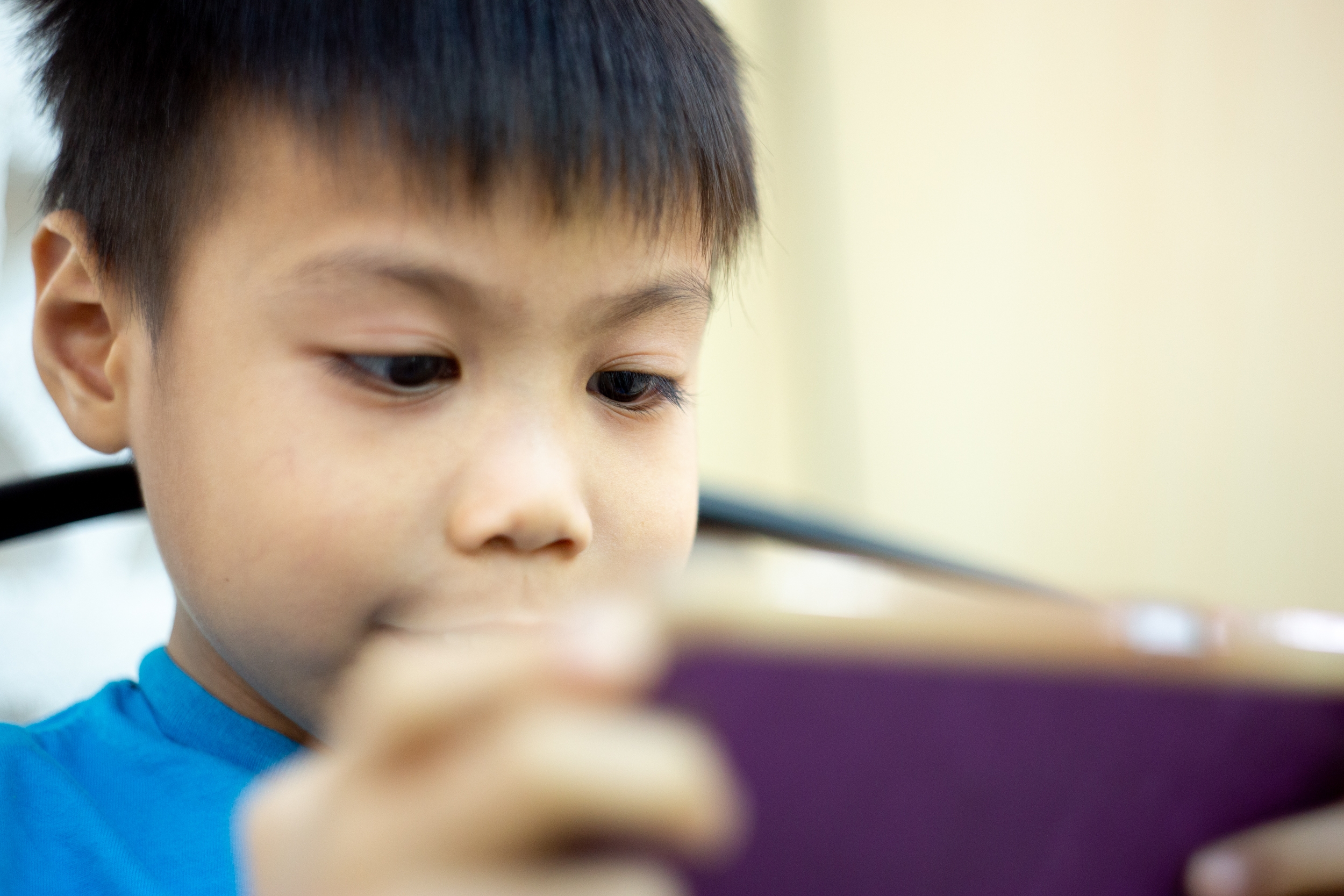- Altruistic Byte
- Posts
- Low-Tech Approach for Mass Remote Education
Low-Tech Approach for Mass Remote Education
To cope with the mass, long-lasting school closures during the COVID-19 pandemic, low-tech interventions using SMS messages and phone calls have been implemented.
💖 This week's byte: To cope with the mass, long-lasting school closures during the COVID-19 pandemic, low-tech interventions using SMS messages and phone calls have been implemented and tested across multiple countries. The simplicity helped deploy the solution efficiently in a scalable and cost-effective manner.
📊 Did You Know?
Global population covered by 3G, LTE, and 5G mobile networks is 95%, 90.1%, and 38.4% in 2023, respectively, according to ITU DataHub. It shows how promising low-tech interventions are, which can work on a minimum 3G connectivity. Note that the numbers drop noticeably if we focus only on Africa: 83.6% (3G), 64.3% (LTE), and 6.4% (5G).
📖 The Story
Who, When, and Where — Context
Initiated in Botswana, a technological intervention aimed at addressing school closures during the COVID-19 pandemic has been tested and implemented in several countries, including the Philippines, in partnership with government bodies.
Why — Challenge
Globally, the pandemic forced communities to shut down their primary and secondary schools for a prolonged period. Most countries were unprepared for such a mass, long-lasting suspension of education systems. Even though alternative means like television or radio-based programs and online learning platforms played a key role in mitigation, they were insufficient due to the poor digital infrastructure and limited contact with educators.
What and How — Tech Solution
In partnership with an NGO and the Botswana Ministry of Basic Education, researchers tested using mobile phones, one of the simplest yet most accessible communication methods, to provide a low-tech intervention to distance learning. As a result, SMS (short message service) for content delivery and phone calls for tutoring showed positive outcomes. Other communities later adapted the approach, including the Philippines’ mEducation program (cf “Building Resilience in Education Systems“ Part II. 9).
💡 Key Insights
📈 A low-tech solution can scale better and faster than complex high-tech options. It’s easy to implement and low-cost.
🔧 Simplicity makes technology interventions widely applicable beyond borders. If the original experiment in Botswana used more modern technology, the method would not be easily implemented in other countries.
🏢 Understanding and cooperation from the government significantly accelerate the implementation, as the Botswana Ministry of Basic Education and the Philippines Department of Education did.
✅ Try This
Find out various benefits and use cases of SMS messages in education. For example, The Power Of Text-Based Learning - eLearning Industry highlights key challenges, opportunities, and design considerations for effective text-based learning.
Get Your Free ChatGPT Productivity Bundle
Mindstream brings you 5 essential resources to master ChatGPT at work. This free bundle includes decision flowcharts, prompt templates, and our 2025 guide to AI productivity.
Our team of AI experts has packaged the most actionable ChatGPT hacks that are actually working for top marketers and founders. Save hours each week with these proven workflows.
It's completely free when you subscribe to our daily AI newsletter.
💭 Share your thoughts: SMS supports only text. Which subject in which grade is suitable for such SMS-based education? If the advanced content and curriculum need more than simple texting, what can the next best distance learning option be?



Reply